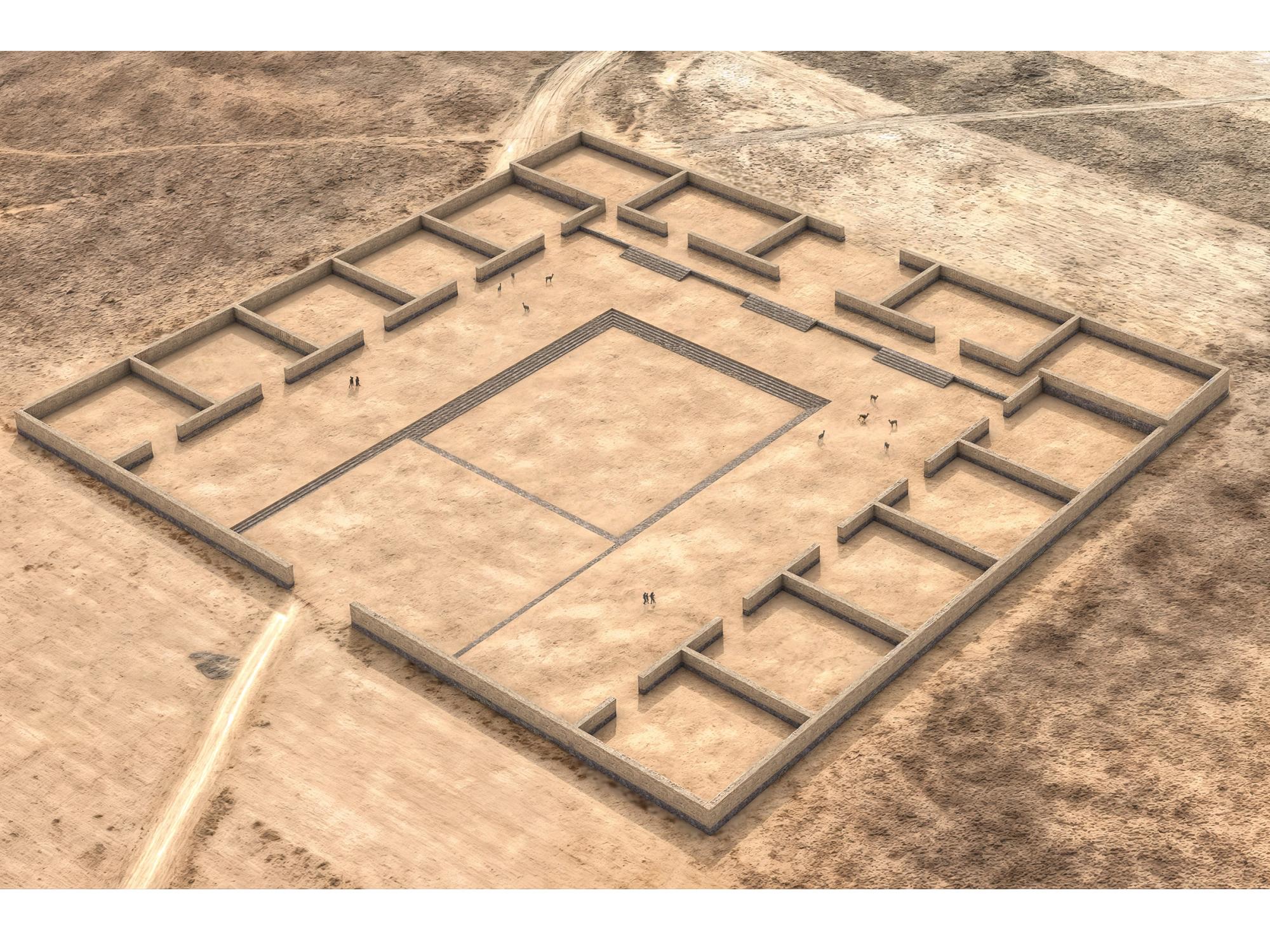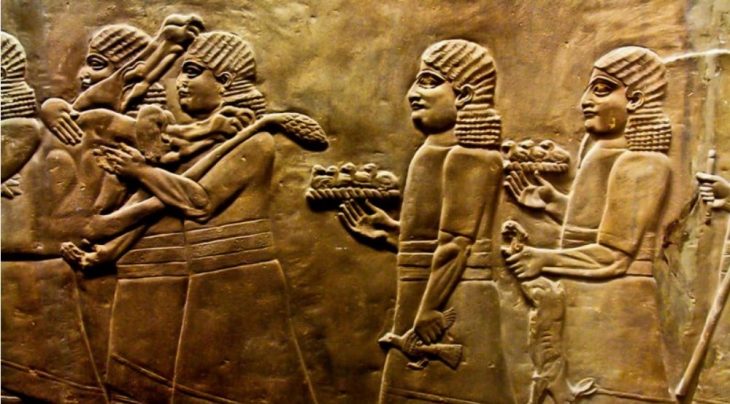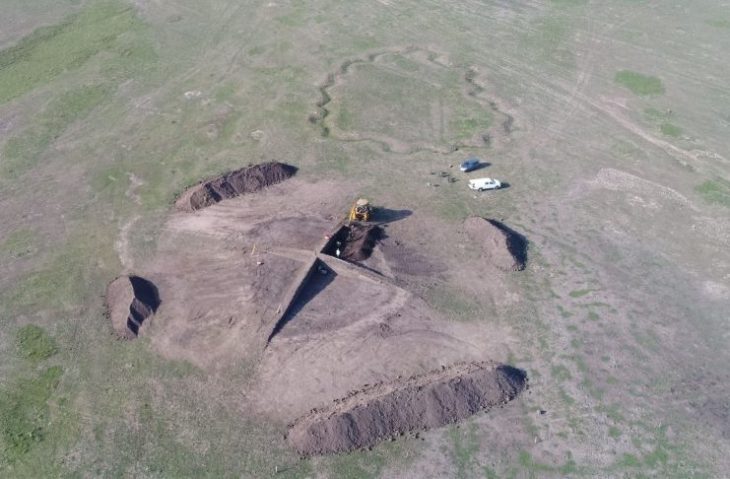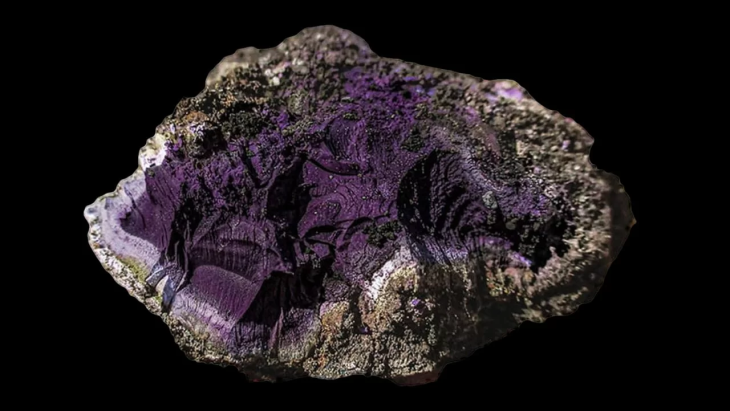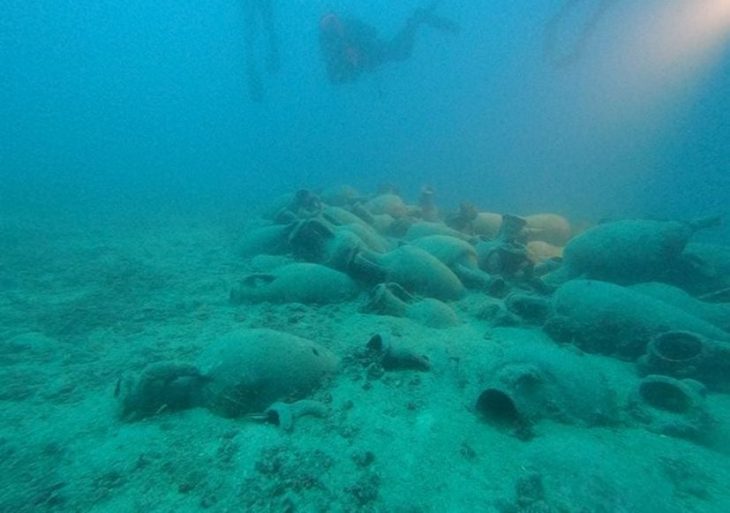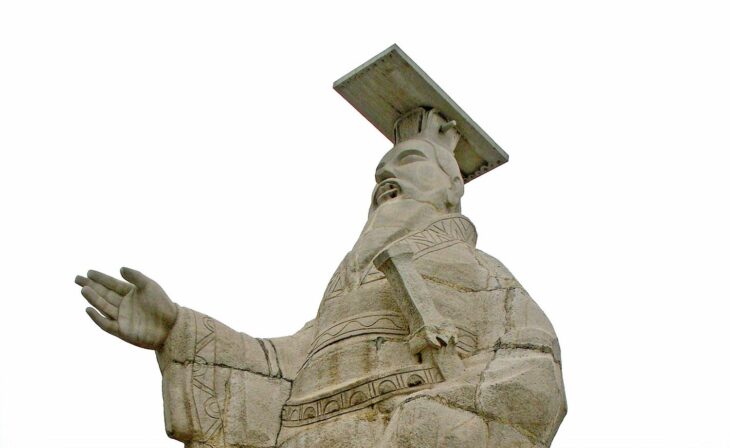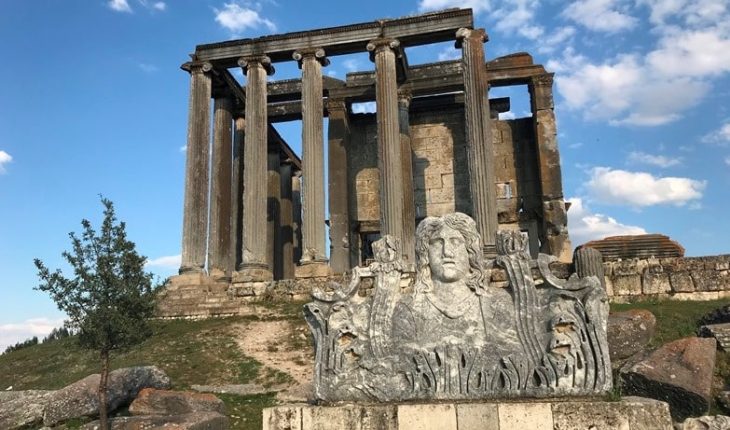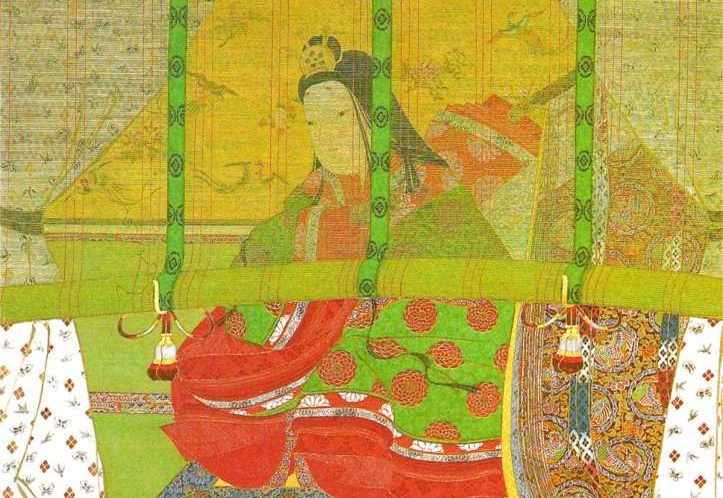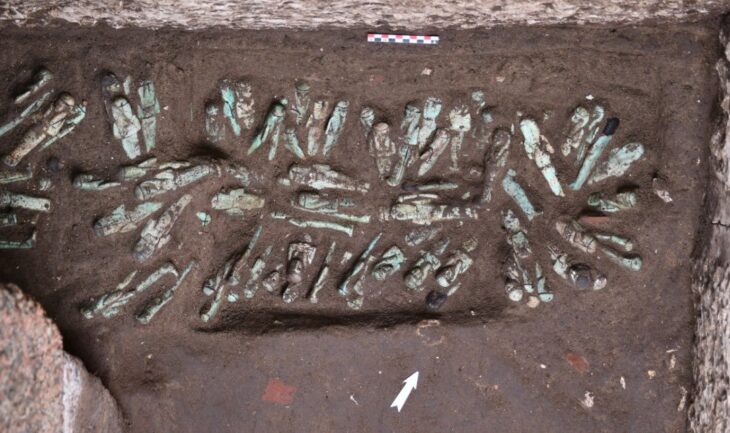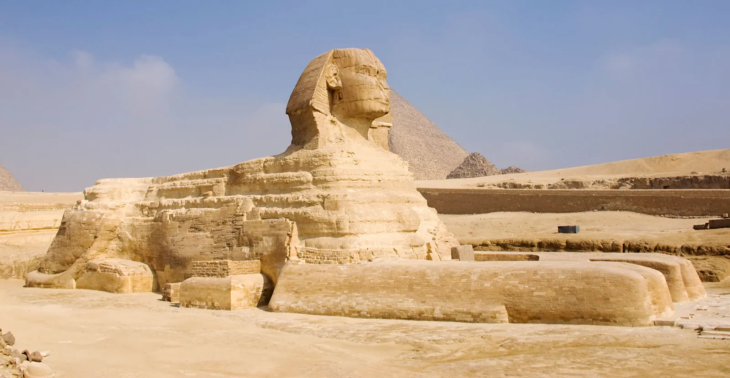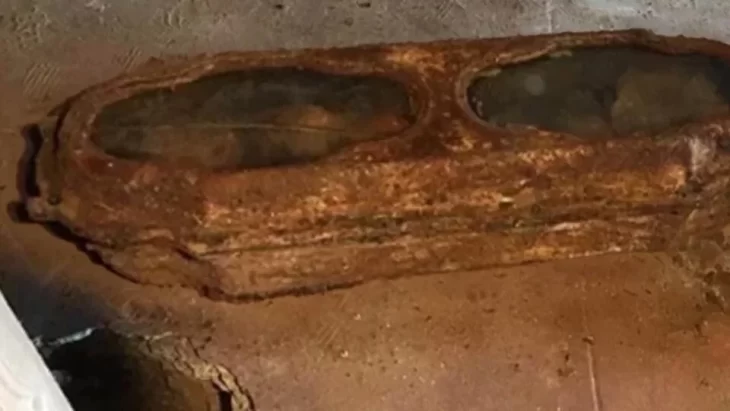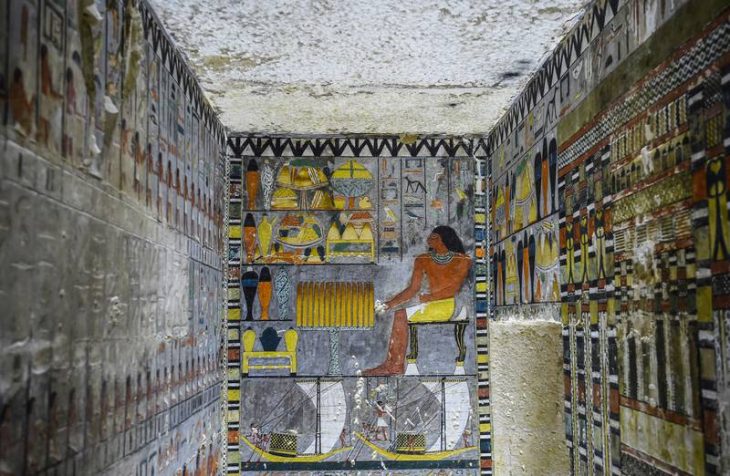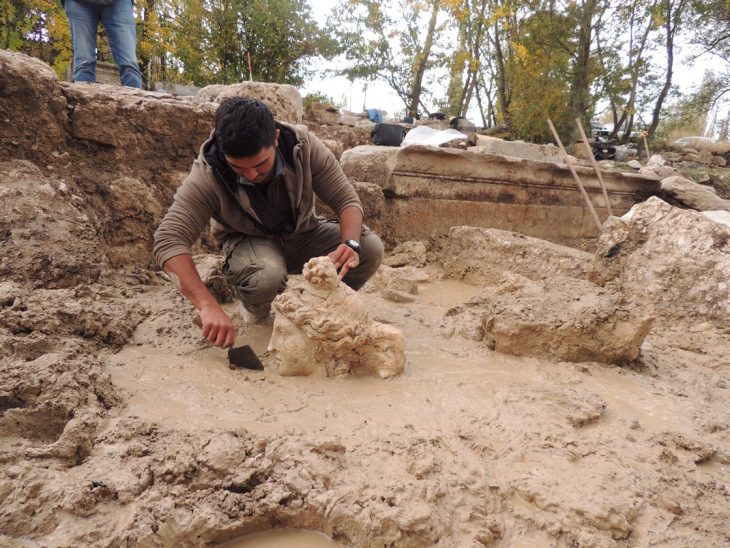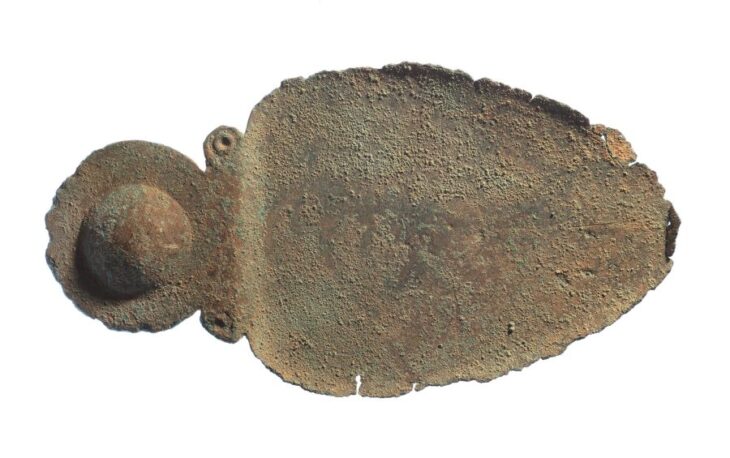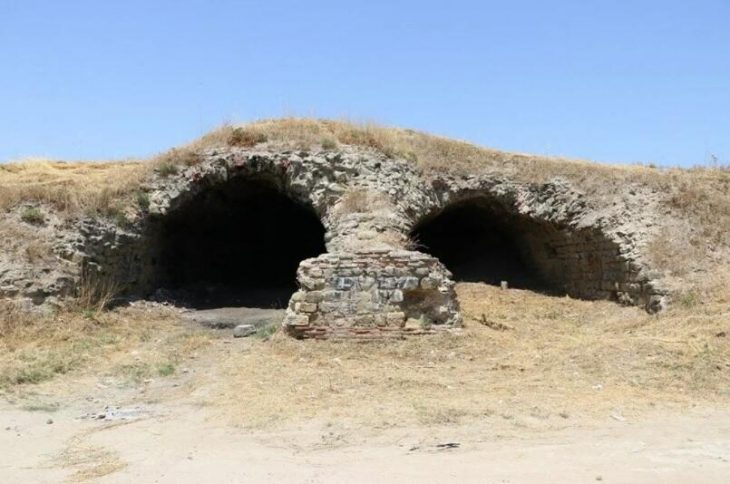Tiwanaku Temple Ruins in the Andes Reveal Vital Clues About a Powerful Pre-Incan Society’s Religious and Trade Networks
Archaeologists have uncovered the remains of a previously unknown Tiwanaku temple in the Bolivian Andes, offering fresh insight into one of South America’s most enigmatic ancient civilizations. The discovery, led by researchers from Penn State University and Bolivian collaborators, was published on June 24 in the journal Antiquity and is being hailed as a major step forward in understanding the Tiwanaku culture, which flourished near Lake Titicaca over a millennium ago.
The Tiwanaku civilization, which thrived around 500–1000 CE, was once among the most influential societies in the Andes region. Despite its prominence, much of Tiwanaku’s history, social structure, and eventual decline remain shrouded in mystery. This new archaeological find—a ceremonial temple complex named Palaspata—could offer key insights into Tiwanaku’s religious practices, economic systems, and regional influence.
“This society collapsed around 1000 CE and was already in ruins by the time the Incas rose to power,” said lead author Dr. José Capriles, an associate professor of anthropology at Penn State. “But at its height, Tiwanaku had a highly organized social and political structure, visible in its monumental architecture.”
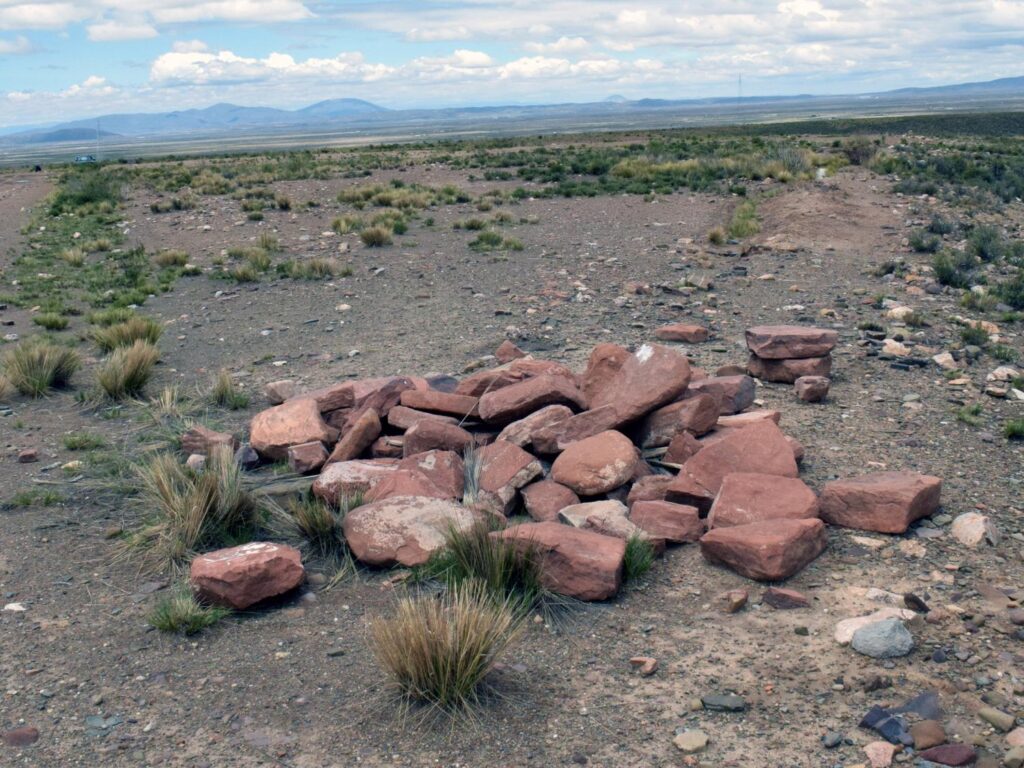
Strategic Location Points to Trade and Ritual Significance
The temple complex is located roughly 130 miles south of the Tiwanaku capital, on a hilltop near the municipality of Caracollo. Though long known to local Indigenous communities, the site had never been studied archaeologically due to its modest appearance. Yet, Capriles and his team discovered the site’s strategic location connected three major ecological zones—each vital to the ancient economy:
📣 Our WhatsApp channel is now LIVE! Stay up-to-date with the latest news and updates, just click here to follow us on WhatsApp and never miss a thing!!
Palaspata’s location was uniquely strategic, sitting at the intersection of three distinct ecological zones: the resource-rich highlands surrounding Lake Titicaca, the arid Altiplano plains ideal for llama herding, and the fertile Andean valleys of Cochabamba known for their agricultural productivity. This convergence of diverse environments positioned Palaspata as a crucial hub for trade, cultural exchange, and spiritual activity within the Tiwanaku network.
Aerial Imaging Reveals Ancient Temple Layout
Using drone-based photogrammetry and blended satellite imagery, the team mapped the faint architectural features of the site. The temple spans approximately 125 by 145 meters—comparable to a city block—and features 15 rectangular enclosures surrounding a central courtyard.
Its layout appears aligned with solar equinox events, suggesting astronomical knowledge and ritual use. “We believe the temple served both religious and socio-economic functions,” Capriles explained. “Its orientation and structure imply ceremonial gatherings, likely tied to agricultural cycles.”
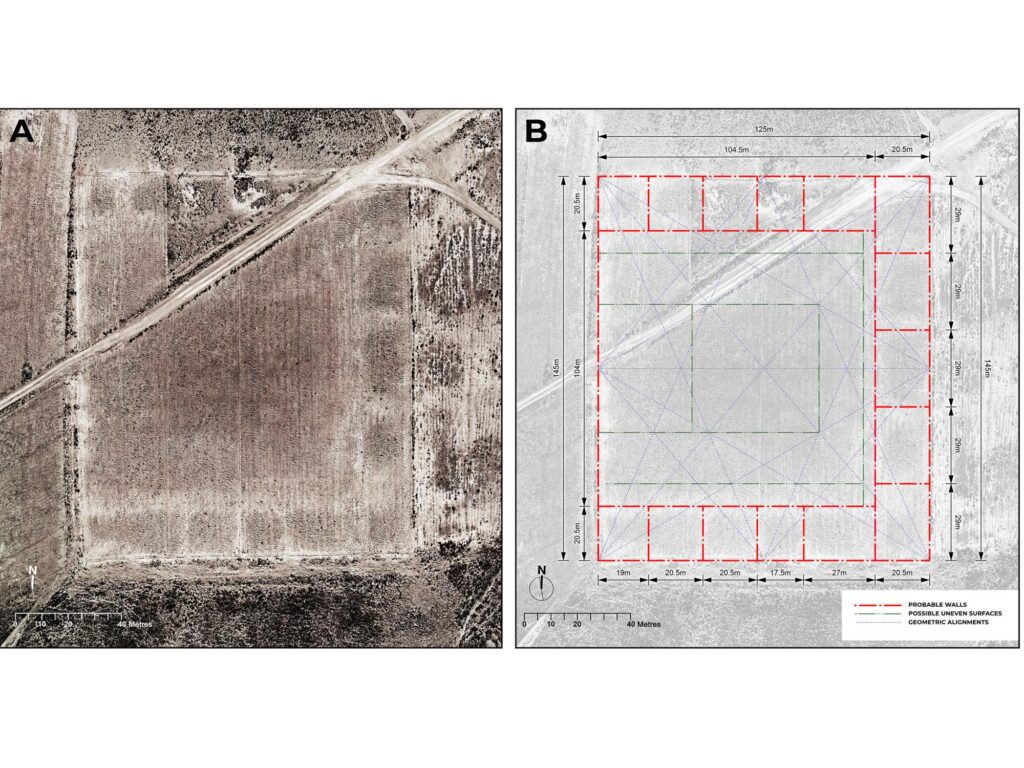
Ritual Artifacts and Foreign Goods Suggest a Cultural Crossroads
Among the most compelling findings were fragments of keru cups, traditionally used for consuming chicha, a maize-based ceremonial beer. Notably, maize does not grow naturally at the site’s high altitude, indicating the crop—and possibly the chicha itself—was imported from lower valleys. This supports the theory that Palaspata was a convergence point for trade and shared ritual practices.
“The temple was a sacred and social space where trade, religion, and diplomacy intersected,” said Capriles. “Most economic and political transactions were mediated through spiritual beliefs, which acted as a common language across diverse groups.”
Local Impact and Future Preservation
The discovery has also resonated with the local population. Caracollo Mayor Justo Ventura Guarayo called the find “a vital piece of our cultural heritage” and emphasized the importance of documenting and protecting the site. Authorities are now working with archaeologists to establish preservation protocols and possibly develop tourism initiatives that respect and highlight the region’s history.
Radiocarbon dating of materials from the site was conducted at Penn State’s Radiocarbon Dating Lab, confirming the temple’s occupation during Tiwanaku’s peak. The research team included collaborators from Bolivia’s Universidad de Granada and Université libre de Bruxelles, with funding support from the U.S. National Science Foundation.
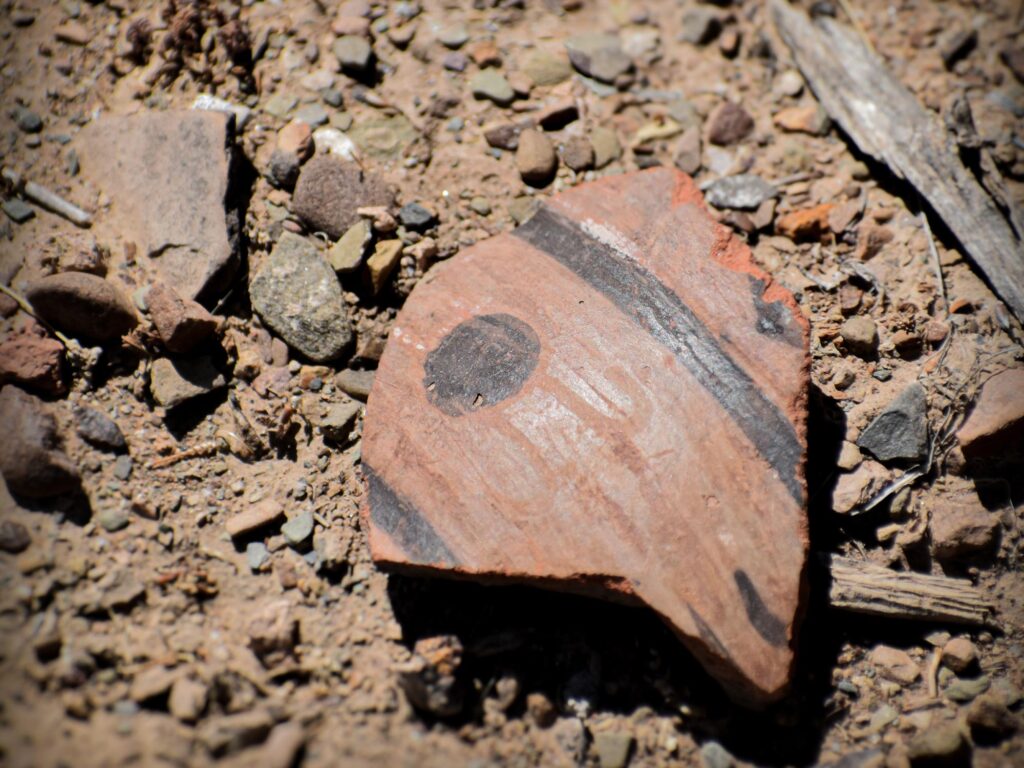
A Glimpse into a Forgotten Civilization
This discovery adds to growing evidence that Tiwanaku’s influence extended well beyond its capital, operating as a networked civilization that connected diverse landscapes and cultures through religion, trade, and shared rituals.
“There’s so much history waiting to be uncovered,” Capriles said. “Sometimes, the past is hidden in plain sight—you just have to know where and how to look.”
Cover Image Credit: Stone alignments revealed an ancient temple, called Palaspata after the native name for the area. Credit: José Capriles / Penn State. Creative Commons

